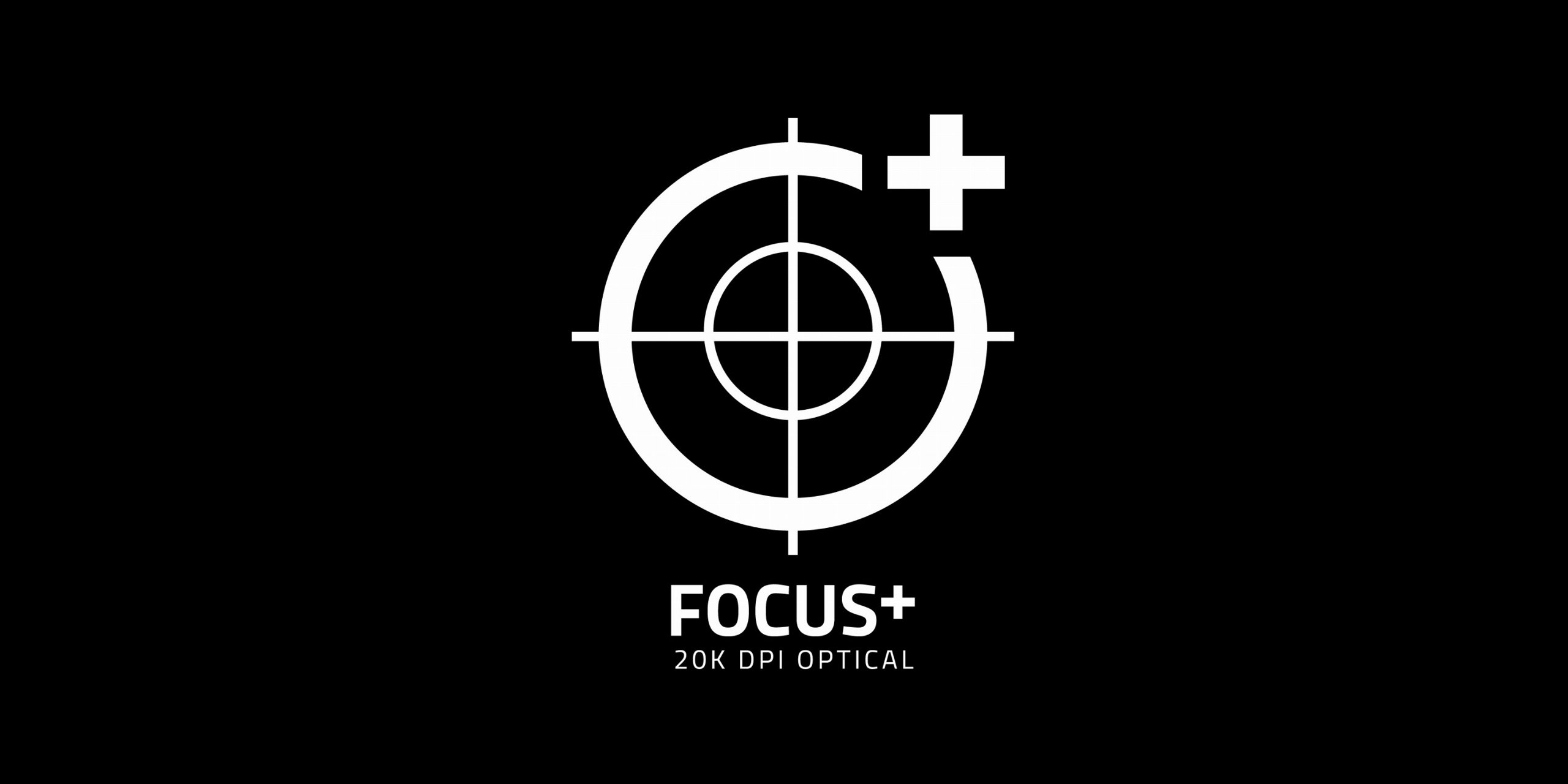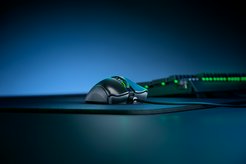Understanding Razer's Focus+ 20,000 DPI Intelligent Optical Sensor for Premium Gaming Mice: Precise, Fast, and Intelligent

Razer has introduced the new Focus+ Optical Sensor to its latest gaming mouse lineup. This sensor promises higher precision, lightening speed, and intelligent tracking. Let's find out specifically what makes it special and how it could improve user experience as a high-performance mouse.
Smart Tracking & Asymmetric Cut-Off
Older sensors need to be calibrated each time they are used on a new surface for optimal precision. Otherwise, the lift-off distance, the distance at which the mouse stops tracking when picked up, will be inconsistent.

Razer Viper Ultimate Wireless Gaming Mouse
The new Razer Focus+ sensor features Smart Tracking that automatically calibrates itself across different mouse surfaces, ensuring consistent precision.
It also sports Asymmetric Cut-Off, which allows the user to set the mouse's landing distance, which is the distance at which the mouse resumes tracking again.

Razer Basilisk Ultimate Wireless Gaming Mouse
Motion Sync
With traditional sensors, the rate at which the computer accepts signal from the mouse does not align perfectly with the rate at which the mouse sends signal out. With Motion Sync, the mouse syncs its signals at the exact intervals at which the computer extracts information. This intelligent function ensures higher responsiveness by the Razer Focus+ Optical Sensor.

Razer Basilisk V2 Gaming Mouse
20000 DPI + 650 IPS
The Focus+ Sensor features native sensitivity at 20,000 DPI (dots per inch) and maximum speed of 650 IPS (inches per second). These industry-leading specifications allows mice powered by the Focus+ Optical Sensor to be exceptionally fast and precise.
Razer HyperSpeed Wireless Technology
While Razer DeathAdder V2, Basilisk V2, Basilisk Ultimate, and Viper Ultimate all sport the Focus+ Optical Sensor, the latter two wireless mice also feature Razer's HyperSpeed wireless technology.

Razer Basilisk Ultimate Wireless Gaming Mouse on Razer's RGB Mouse Pad (Firefly V2)
HyperSpeed optimizes data protocol and employs ultra-fast radio frequency to reduce the time it takes to send data between the mouse and the computer: While the industry best used to have latency of 270 microseconds (0.27 millisecond), Razer HyperSpeed manages to reduce latency to below 195 microseconds. The same optimizations also increase the mouse's efficiency, improving battery life by 25%.
Razer HyperSpeed wireless technology also incorporates Razer's new Adaptive Frequency Technology. This technology scans available channels every millisecond for interference and can make adjustments to ensure optimal connection without lag or stutter.
Article Gallery












Related Products

Razer DeathAdder V2 Pro Mouse
- Excellent gaming performance
- Wireless and 2.4 GHz wireless connectivity
- Good battery life

Razer Basilisk Ultimate Mouse
- Great build quality
- Excellent optical mouse switches
- Wireless charging through an optional dock

Razer Viper Ultimate Mouse
- Super light and light
- Excellent ambidextrous design
- Super-low click latency

Razer Basilisk V2 Mouse
- Excellent performance for FPS games
- Comfortable to use even as an office mouse
- Sleek design

Razer DeathAdder v2 Mouse
- Elegant, ergonomic design
- Focus+ optical sensor and infrared optical switches
- Good RGB lighting

